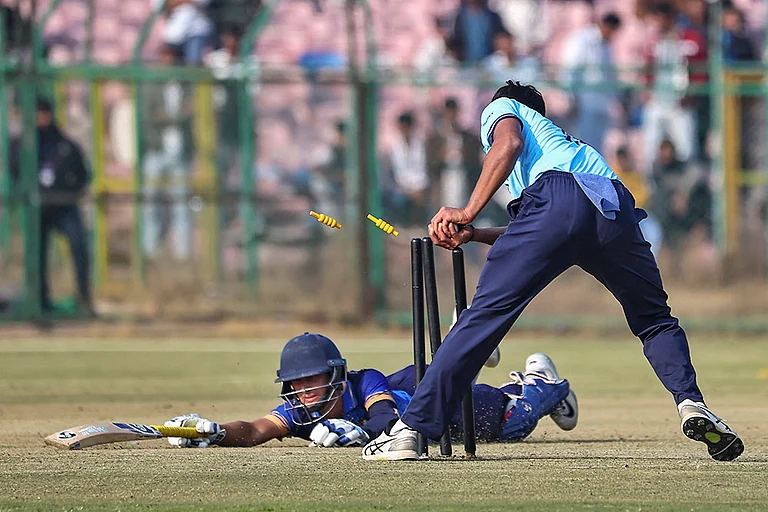In a recent video, that has now gone viral, Dr Daniel Amen, an American psychiatrist and brain disorder specialist, talks about ‘holiday depression’ that starts with the sun going down. “When you have an hour-less sun, depression spikes.”
Despite all the celebrations and festive fervour that come along with winter, the season can be a massive mood killer. Temperatures drop and reduced sunlight can affect mood changes and behavioural patterns making it increasingly difficult for one to survive the cold, winter blues. And in the books of psychology, this condition is called ‘seasonal affected disorder’ (SAD) or ‘seasonal mood disorder’.
“If we go by the literature, particularly in the winter season, people, who are vulnerable to mental health disorders and have been diagnosed with clinical depression, experience increased bouts of depression. This has been traditionally called seasonal depression and one of the major triggers of it is low sunlight during these two to three months,” says Dr Basudeb Das, Professor of Psychiatry, Central Institute of Psychiatry, Ranchi.
Often tagged as “winter blues”, SAD is more than that. It is a clinical diagnosis and aggravates mood changes for those who are otherwise battling a serious depressive state of mind.
Speaking to Outlook India, Dr Das points out that there are a few fine-drawn differences between depression and SAD. “In SAD, people exhibit and experience more of a few atypical features. In depression, people report to have a loss of appetite and decreased sleep and libido. But in cases of SAD, it’s more of a reversal of symptoms, where they experience increased libido, appetite, and sleep," says Das.
Mood changes during SAD can also lead to other disorders like mood reactivity and rejection sensitivity, wherein a person may feel extreme emotional pain related to rejection and the condition is heightened due to a winter season change. “These are the features of atypical depression which is largely associated with SAD,” Dr Das adds.
There are several factors that may lead to SAD in a non-depressive state of mind, In his video, Dr Amen talks about how the ‘festive seasons’ often lead to an eating disorder where excess consumption of “candies and sugar” spikes “inflammation in the brain that creates more risk of depression”. Further, with increased intake of alcohol, there is a risk of aggravating the condition of chronic stress and anxiety”.
As means of treatment, doctors often resort to “light therapy”.
“Patients are exposed to a particular kind of light with a particular level of illumination for a particular amount of time of the day. This has been found useful besides the usual treatments and recommendations to fight a depressive state of mind,” Dr Das says.
The symptoms of that atypical depression also reportedly fade away and the condition improves with the setting of the winter season. But, Dr Das reports that in many cases, the patterns keep repeating irrespective of seasonal change. And it happens more with women and young adults.
However, due to a lack of research and awareness around mental health in India, doctors are unable to determine the severity of SAD in the country with any data and statistics. “Except for a few institutions, there has not been any study conducted to understand how climatic changes affect mental health disorders in India. To understand the subject better, there have to be multi-centric studies across the country to see who are the more vulnerable people.”


























